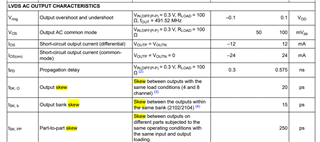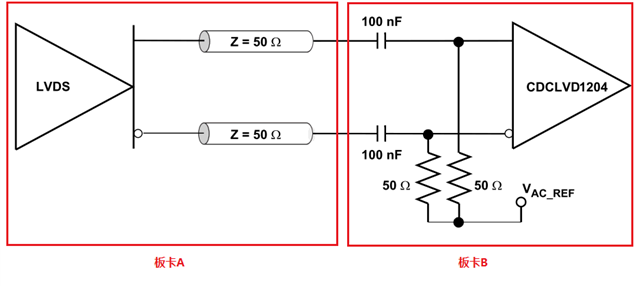Other Parts Discussed in Thread: LMK1D2102
Tool/software:
Dear Experts,
We are selecting a clock buffer that meets the requirements of one 27MHz differential clock input (LVDS) and two 27MHz differential clock outputs (LVDS). We are currently evaluating LMK00301 and are unsure if the chip can meet the requirements. There are some questions that need to be answered by experts
1. Can LMK00301 support our 27MHz clock frequency application scenario?
2. Does the SKEW standard also apply to differential output at 27 MHz?
3. Can channels and external clock input pins that are not used by the chip be NC when not in use?
Looking forward to your reply. Thank you very much






